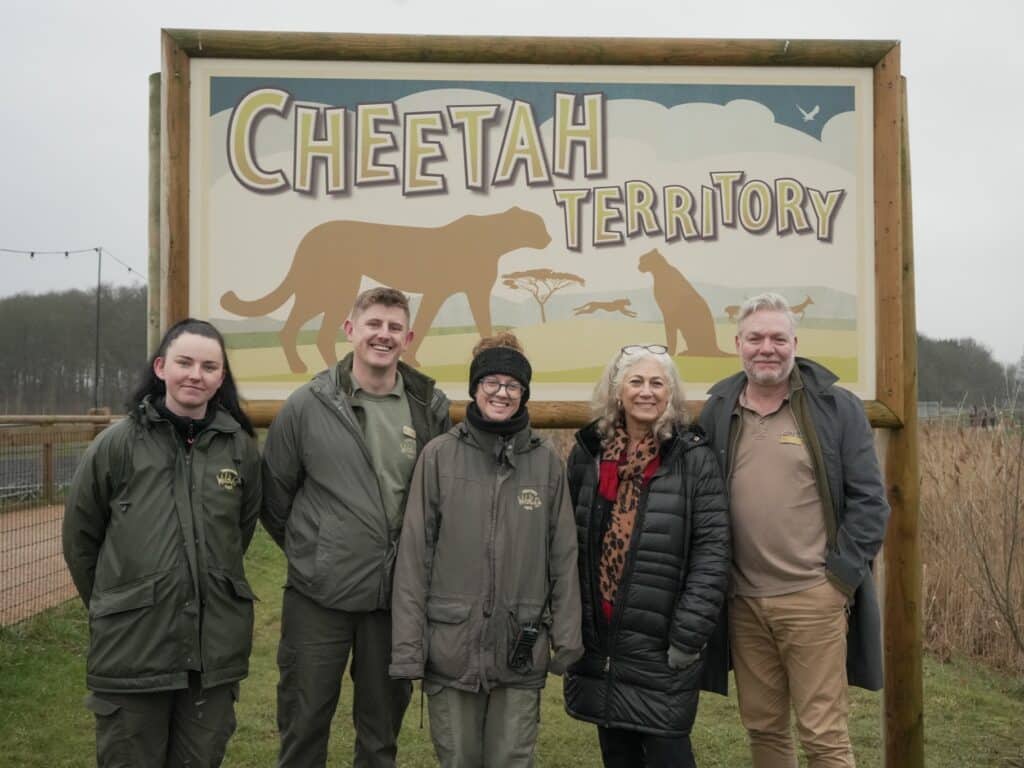Amur Leopards
A close call
Number of Amur leopards left in the wild
100
% of historic range currently inhabited
3%
Current range (km²)
5000
When we think of leopards, we usually imagine them racing across the savannas of Africa, not roaming the forests of Russia’s Far East! However, the Amur leopard is native to the south-eastern most parts of Russia and northern China, and has adapted to life in the forest with great agility. I mean, they are still leopards after all!
Despite sitting at the top of the food chain, the Amur leopard still faces serious threat and has been given the sad label of ‘rarest big cat in the world’: according to the most recent census, there are as little as 100 individuals left in the wild. Whilst this is still too low for comfort, it is an improvement on the numbers recorded at the end of the 20th Century, when there were only 30 Amur leopards left in the wild.
Amur leopards are still critically endangered, and this is mostly as a result of human activities.
Help is needed to make sure we do not come close to losing this magnificent animal ever again.
Despite sitting at the top of the food chain, the Amur leopard still faces serious threat and has been given the sad label of ‘rarest big cat in the world’: according to the most recent census, there are as little as 100 individuals left in the wild. Whilst this is still too low for comfort, it is an improvement on the numbers recorded at the end of the 20th Century, when there were only 30 Amur leopards left in the wild.
Amur leopards are still critically endangered, and this is mostly as a result of human activities.
Help is needed to make sure we do not come close to losing this magnificent animal ever again.

Threats
Poaching:
Amur Leopards are threatened by poaching – both of the leopards themselves and their prey species which means they struggle to find enough food to eat.Forest fires:
The habitat of the amur leopard is under constant threat of forest fires, which reduce a significant proportion their natural forest habitat every year.Inbreeding:
With such a small population, amur leopards are at risk of inbreeding.Development:
The amur leopards’ home is an attractive area for infrastructure projects such as railways, gas and oil pipelines and ports. This further contributes to the loss of their habitat.Disease:
With such a fragile population, amur leopards are threatened by diseases from domestic animals such as Canine Distemper Virus.Working with
Amur Leopards
We work with WildCats Conservation Alliance.
Our projects focus on:
Our projects focus on:
Breeding:
Yorkshire Wildlife Park takes part in the International Breeding Programme, to which it has contributed two cubs, born in 2015. The aim of the programme is to bolster captive populations and breed offspring for reintroduction in the wild.Population monitoring, habitat protection and anti-poaching initiatives:
Money raised by WildLife Foundation has helped to fund past WildCats Conservation Alliance projects to protect Amur leopard populations and their habitat.Facts
Amur leopards spot patterns are all unique.
They sometimes wrap their tail around themselves to keep warm. A little bit like wearing a scarf!
Amur leopards share their last remaining habitat with Amur tigers, that we also support at WildLife Foundation.
They sometimes wrap their tail around themselves to keep warm. A little bit like wearing a scarf!
Amur leopards share their last remaining habitat with Amur tigers, that we also support at WildLife Foundation.
Seven Worlds, One Planet
Our work with Amur leopards has taken place in Russia, and at home at Yorkshire Wildlife Park.









